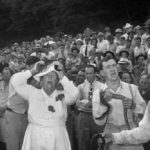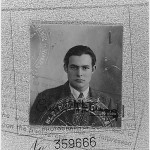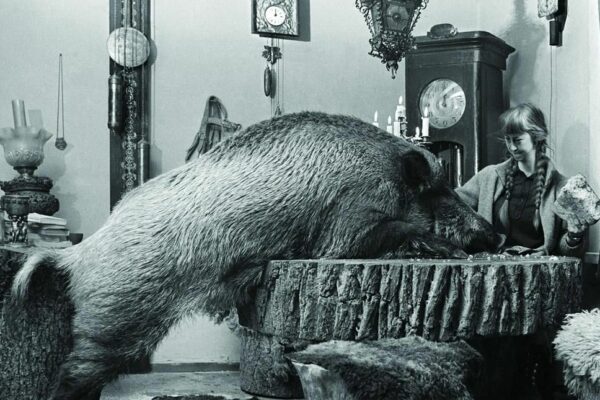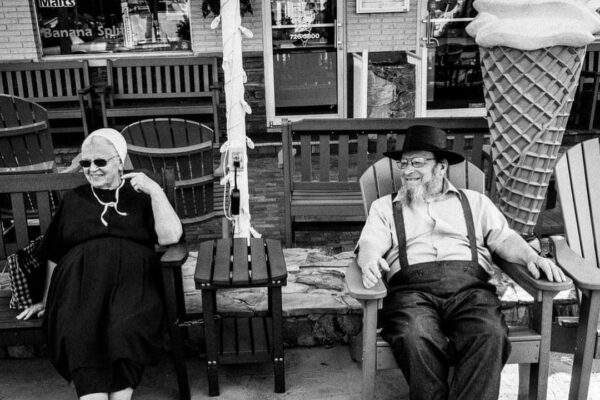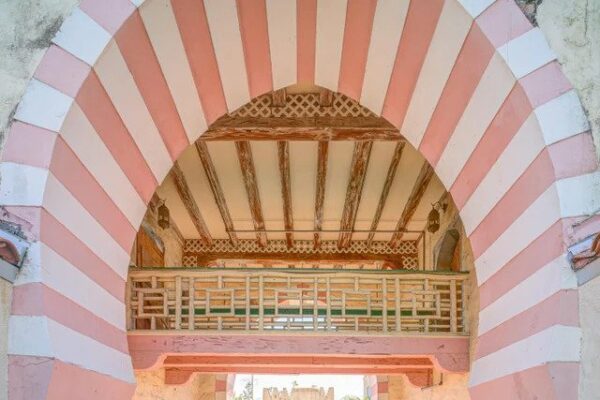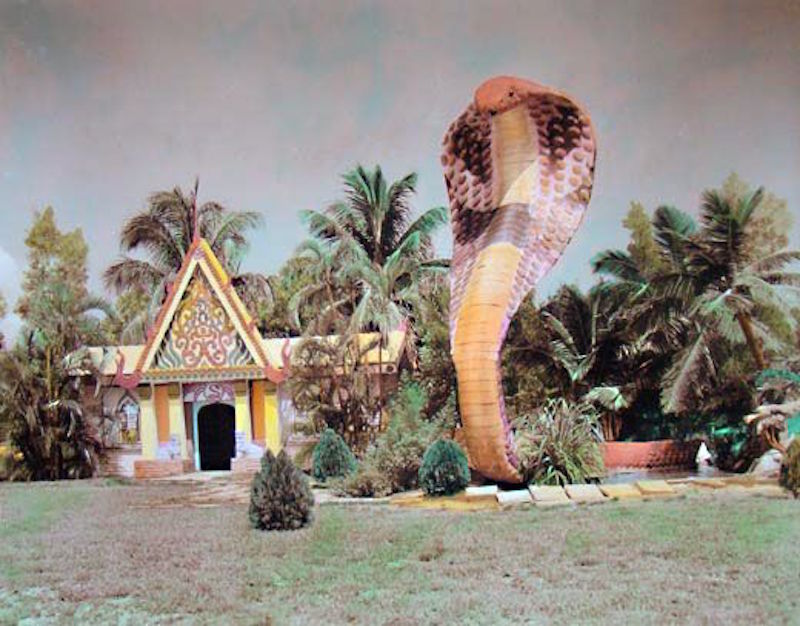
Nothing says American kitsch like a 35-foot giant pink cobra. I stumbled upon this old postcard in my morning rounds of obscure internetting and knew there had to be a story worth telling behind it. That’s how I met Bill Haast, the man who charmed both snakes and visitors at his Miami Serpentarium and lived to the age of 100, thanks to his alleged elixir of life– snake venom.
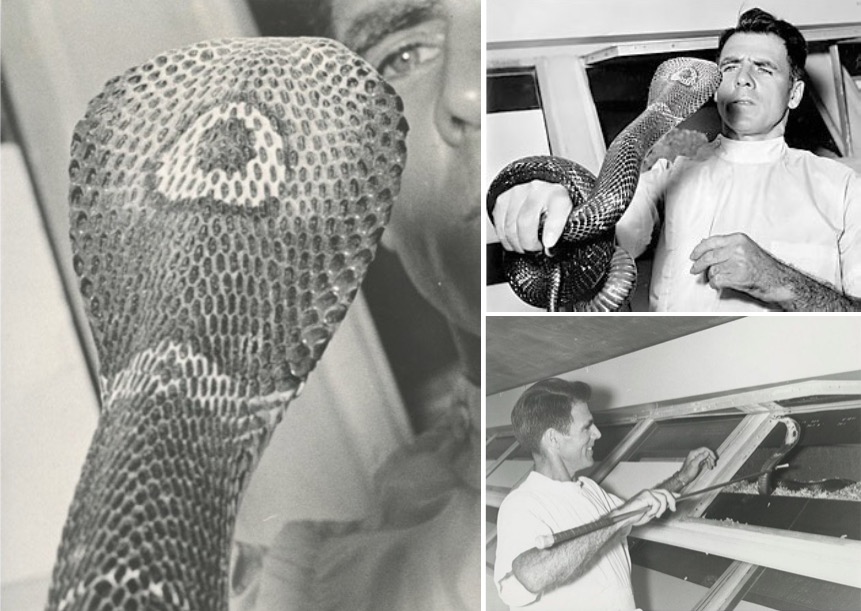
Certainly the most uh, unique roadside attraction ever to have existed on the South Dixie Highway in Florida, the Serpentarium was half tourist attraction and half mad scientist’s lair; Bill Haast being the mad scientist. Attracting up to 50,000 visitors a year, Haast’s serpent spectacle extracted venom in front of paying customers 70 to 100 times a day, grabbing the snakes barehanded once released on a table in front of him and forcing them to eject venom into glass vials.
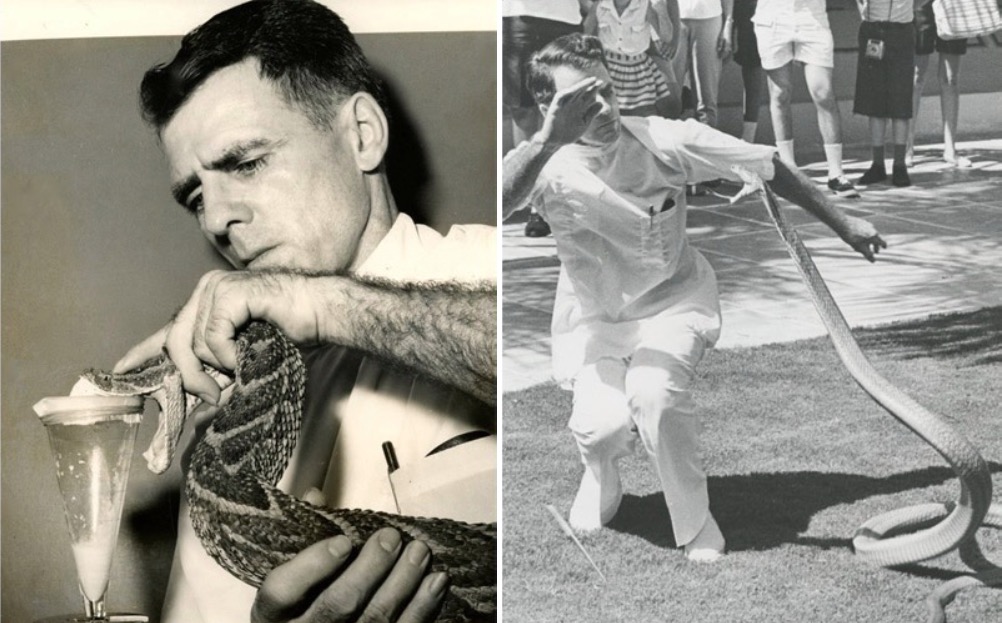
For years, Haast tried to prove that venom could treat multiple sclerosis, lupus, arthritis and Parkinson’s disease. He injected himself weekly with a cocktail from five snakes — cobras, cottonmouths, kraits, mambas and rattlers —homeopathy the Food and Drug Administration would never endorse.
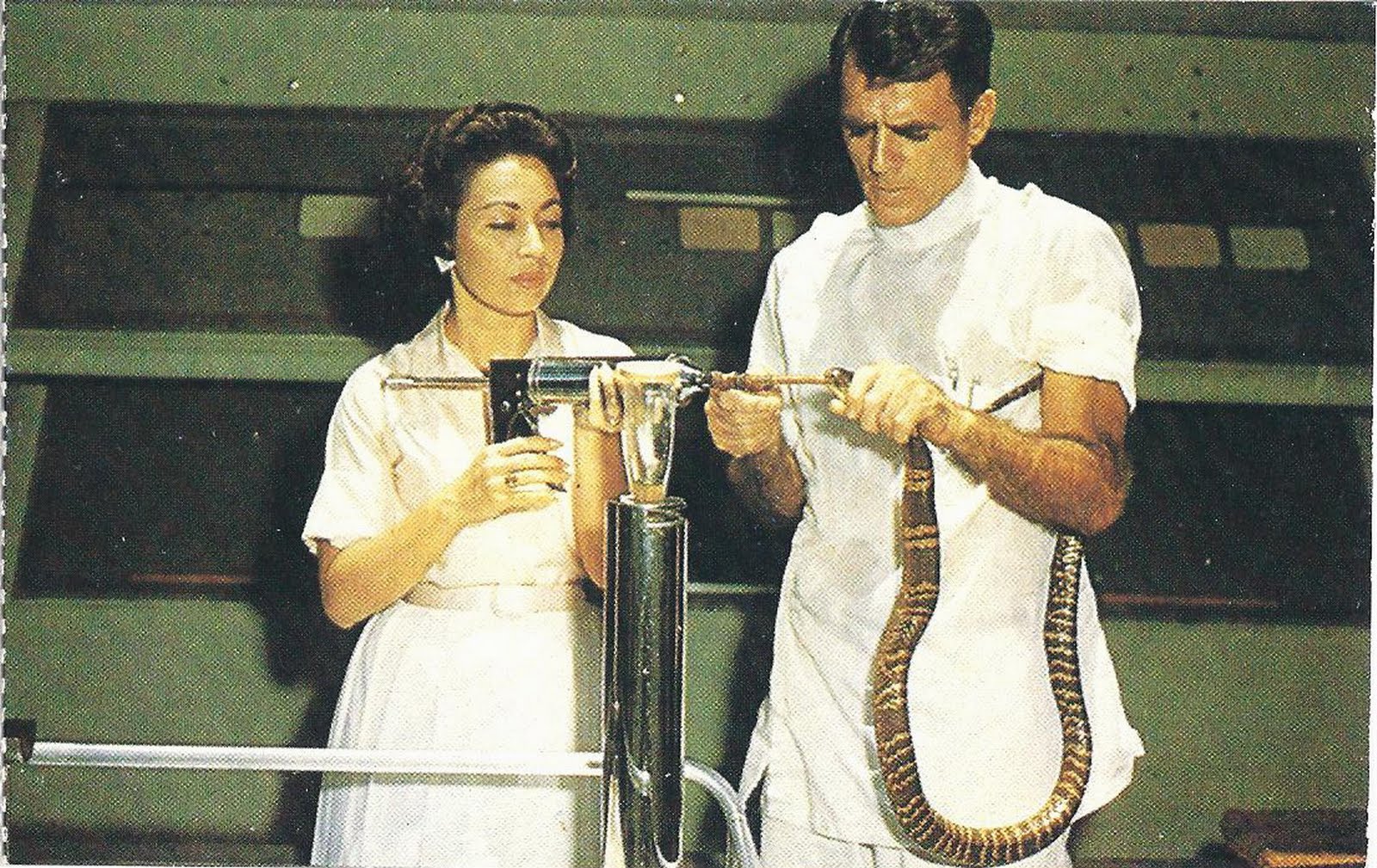
He experimented particularly with building up an immunity to the venom of several species of Cobras, including King, by injecting himself with gradually increasing quantities of venom, a practice called mithridatism. He proclaimed himself the poster boy for venom.
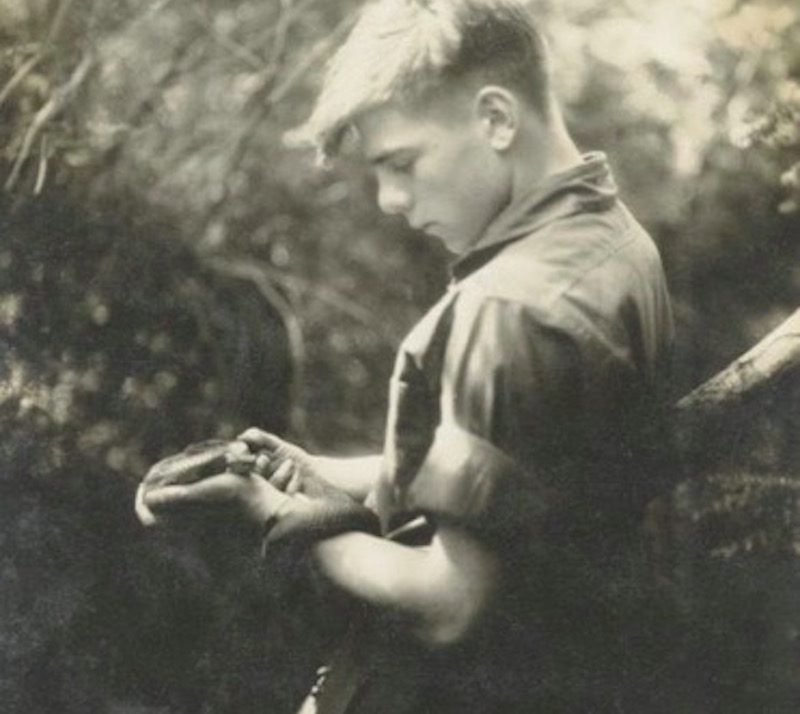
Bill had been extracting venom from venomous snakes since he was a boy, dropping out of school at the age of 16 to dedicate his time fully to collecting snakes. By the time he was 19, he was living with a moonshine producer in the Everglades, perfecting his skills at capturing snakes while earning cash bartending at a speakeasy before it was raided by the IRS. During the war, he worked as a flight engineer and was shipped out to locations such as South America, Africa and India, where he bought snakes to fly back to America, including his first cobra. “In those days there were no laws prohibiting it, but the crew members didn’t appreciate it,” said Bill.
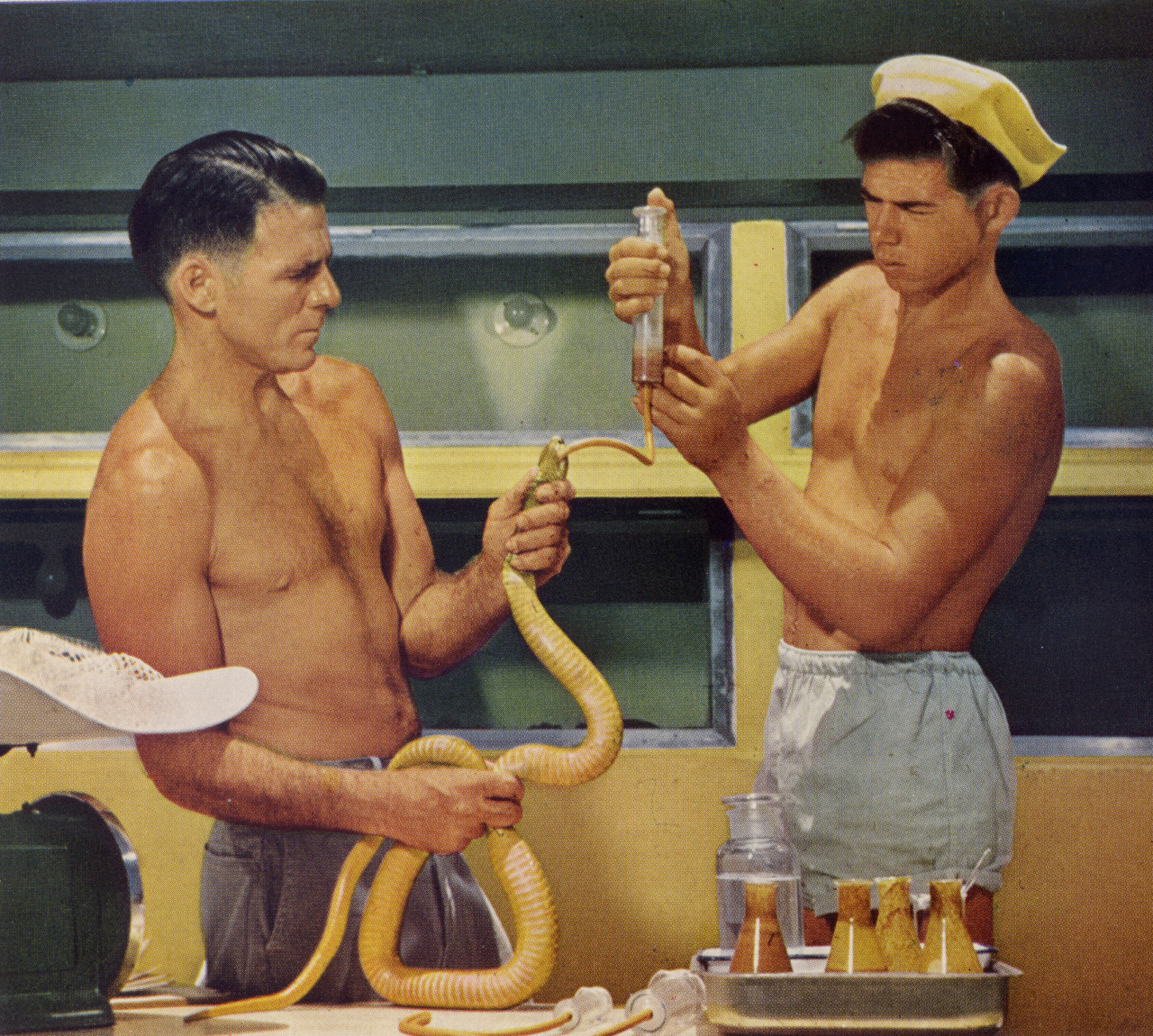
Haast finally realised his dream of opening a snake farm and founded the Miami Serpentarium in 1947. For the first 5 years, he, his wife and young son were the only members of staff. Little Bill Jr. had been bitten four times by venomous snakes before he lost interest in snakes and quit the family business.
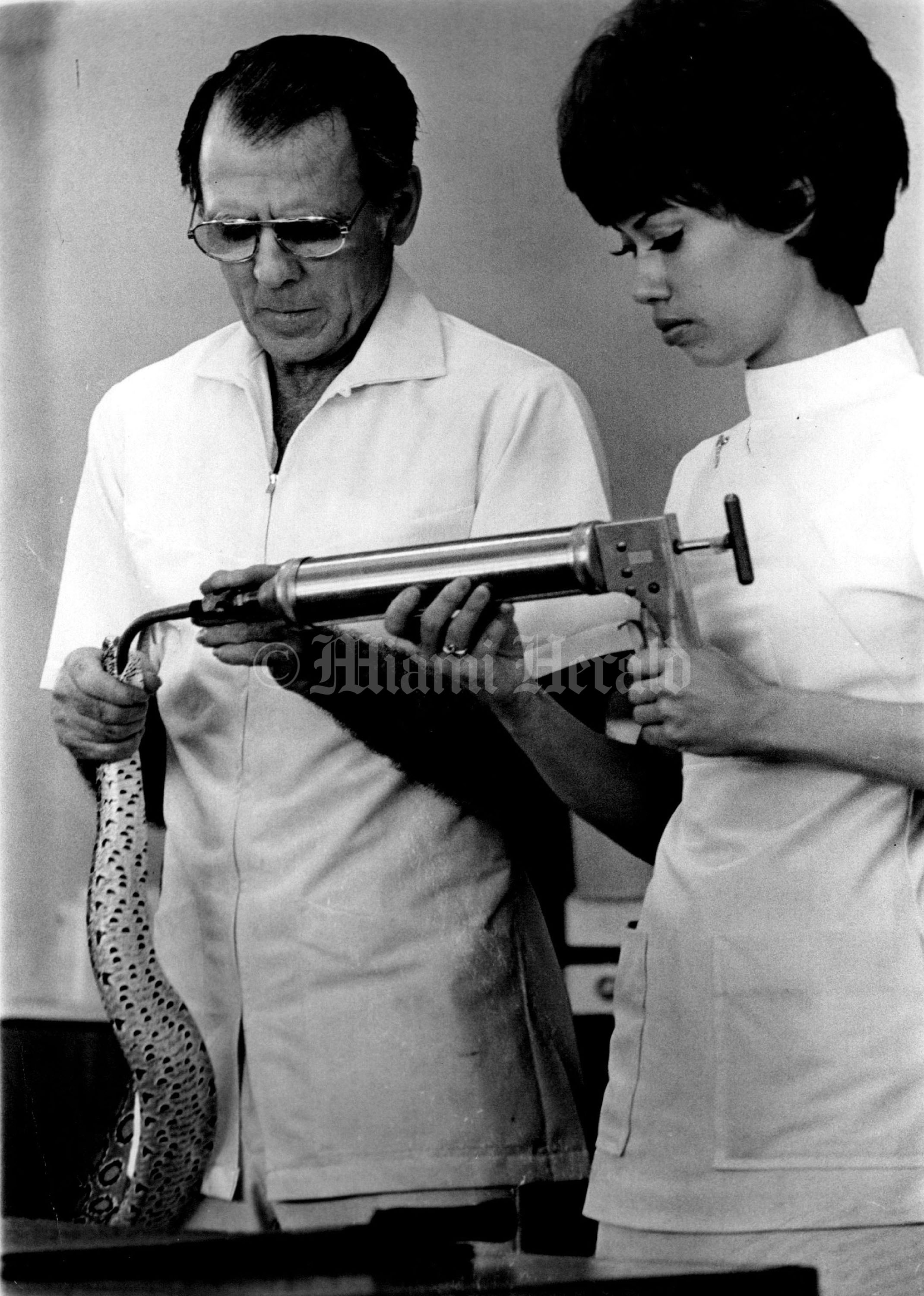
© Miami Herald
Haast himself held the Guinness Book of World Records”for surviving the most deadly snake bites”. By mid-2008, he had been bitten 172 times. He was also missing several fingers. Despite preaching the virtues of snake venom, Haast didn’t strive for the Guinness title and didn’t think it was a goal to be admired. During the 1950s, he had been bitten by cobras about twenty times, one of which nearly killed him despite his strong belief in his immunization program. When the hospital ordered an emergency anti-venom shipped in from India, he refused to accept it and eventually recovered.
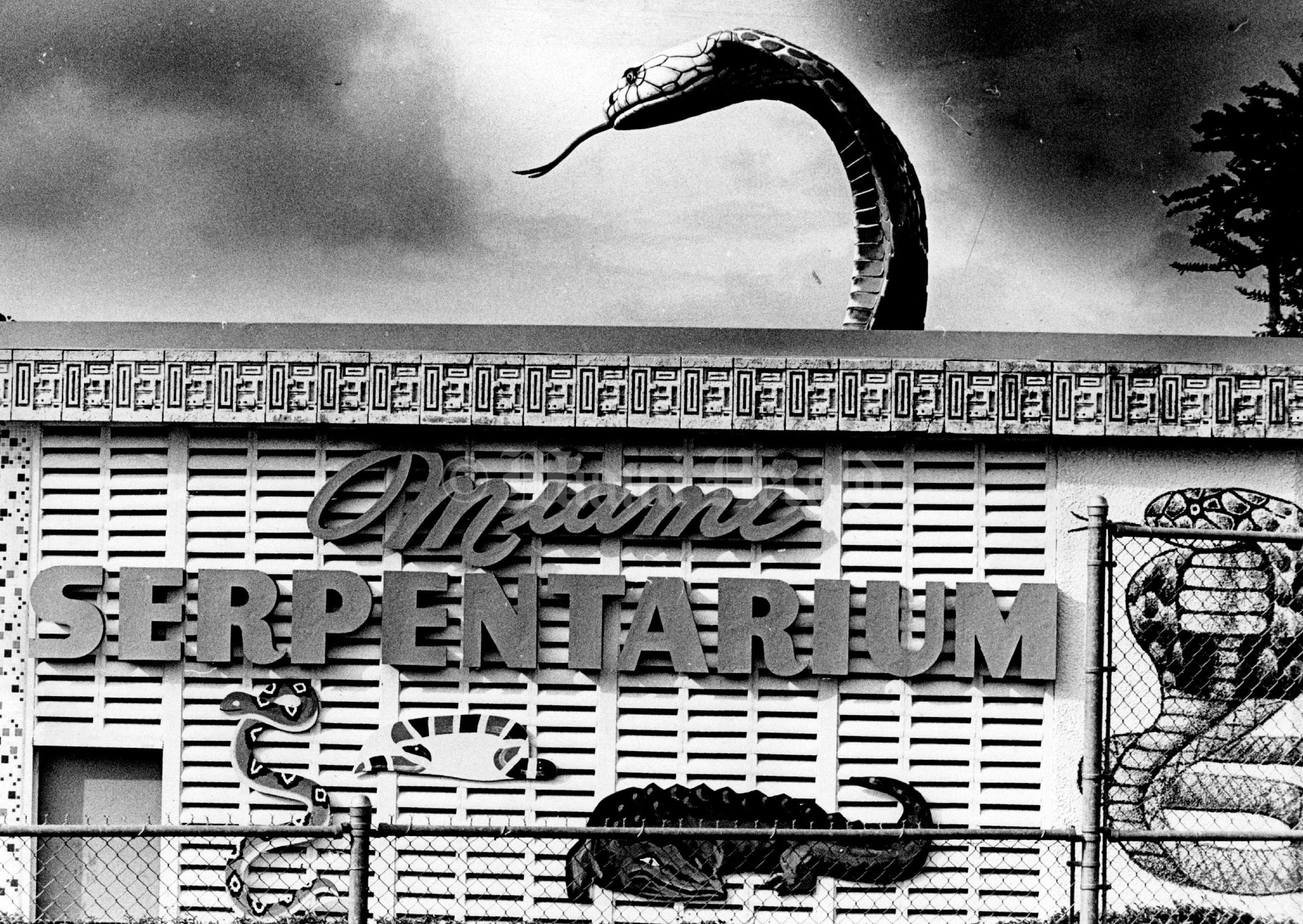
© Miami Herald
Haast often donated his blood to hospitals for treating snake-bite victims for when anti-venom was unavailable and helped more than twenty victims recover. In the 1950s he also supplied his venom samples to medical researchers at the University of Miami for their polio treatment research.
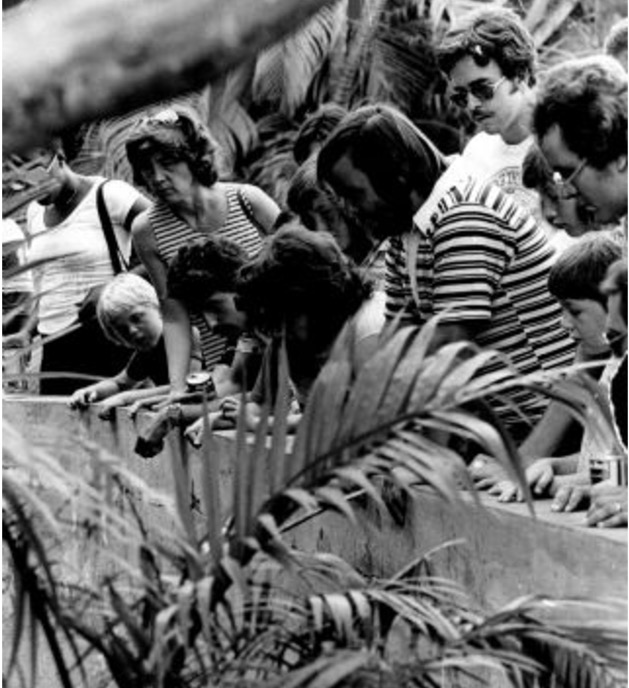
Back at the Serpentarium, visitors were allowed dangerously close to the snakes, until a tragic incident in 1977. Along with some 500 snakes, Haast had also kept larger reptiles. One day, a six-year-old boy fell into the crocodile pit at Miami Serpentarium and was killed by “Cookie”, a 12-ft-long crocodile that had been living in the pit for 20 years without incident. The event left Haast shaken and the next day, he shot the 1800-pound crocodile nine times.
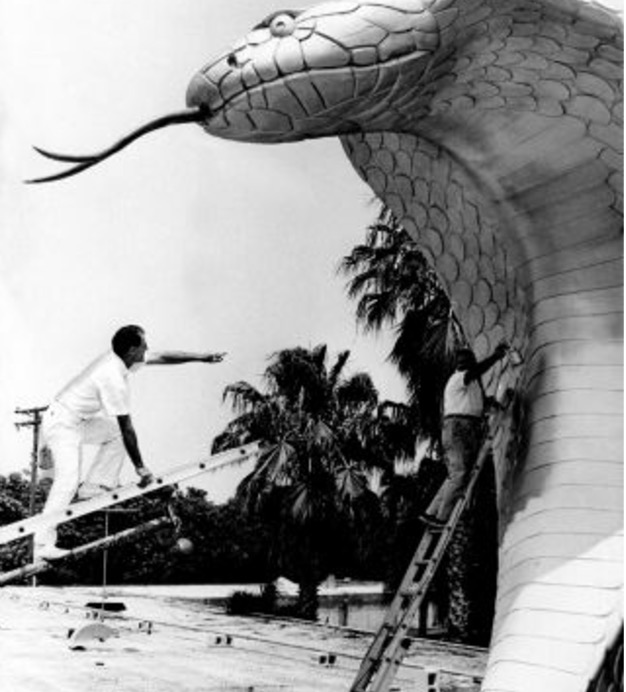
Although Bill told reporters at the time that he wanted nothing to do with the Serpentarium, it remained open for another seven years, before closing its doors in 1984. Haast continued his venom research but stopped handling snakes after 2003 when he lost a finger following a bit from a Malayan pit viper. He continued to inject himself with small amounts of snake venom until his death.
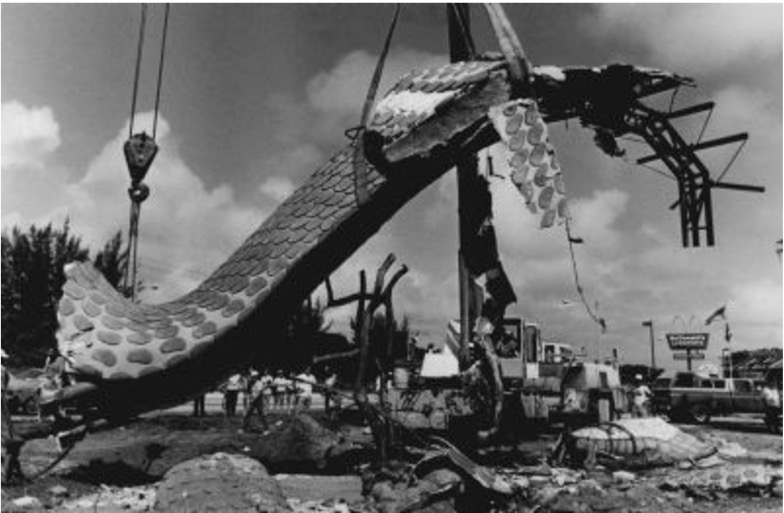
© Miami Herald
As for what happened to the giant cobra? After closing the Serpentarium, Bill donated it to the South Miami High School for their football field. The school’s cheerleaders and marching band gathered at the South Dixie Highway to see it being lifted from its base. A crane lifted the 35 foot concrete-and-stucco cobra with a forked tongue and dangled it in mid-air for a few seconds before the head snapped off and fell apart.
And that’s a damn shame. Anyhoo, hope you enjoyed stopping by at this wild roadside attraction of yesteryear.


